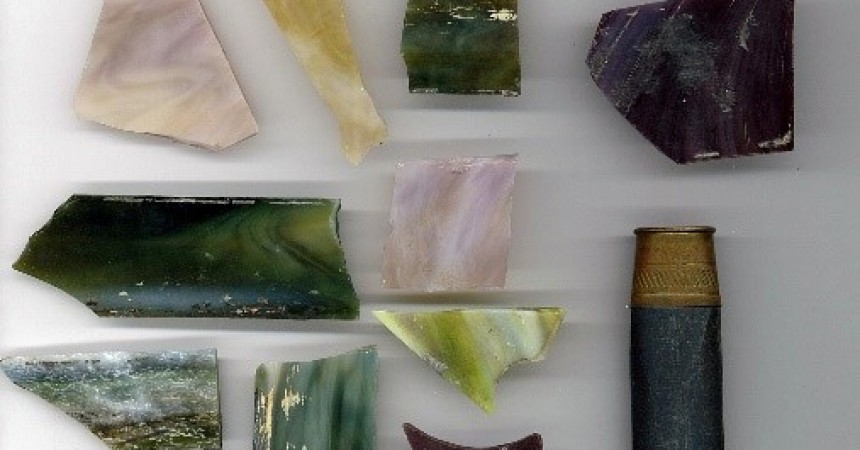
From slave ships to ‘Black Lives Matter’: Nation’s newest Smithsonian to tell story of African Americans

Among the exhibits in the new National Museum of African American History and Culture is a collection of glass shards and a shotgun shell collected from the gutter outside the 16th Street Baptist Church in Birmingham, Ala., after the 1963 bombing that killed four young girls.
PHOTO: Collection of the Smithsonian National Museum of African American History and Culture
Special to the Outlook Trice Edney News Wire from AARP
In 1955, Mamie Till, the grieving mother of Emmett Till, said she wanted the world to see what had been done to her son. Sixty years later, the glass-topped coffin that displayed the mutilated body of the 14-year-old victim of racial hatred is among thousands of compelling artifacts slated for display in the Smithsonian’s new National Museum of African American History and Culture in Washington.
Anticipation builds as the museum, opening in September 2016, prepares to receive visitors from around the world. It will tell the story of American history like never before – from an African-American perspective.
When the doors open, the three-floor, 400,000-square-foot facility will not only display ancient artifacts but also showcase more current events and how they fit into the continuum of American history.
“We want to be the place where people come and say, ‘OK, this just happened. What’s the background to this? What preceded this?'” says John Franklin, a museum director.
So items from recent occurrences such as the Black Lives Matter campaign and the 20th anniversary of the Million Man March will be included.
The five-acre museum site, located on Constitution Avenue, between the Washington Monument and the National Museum of American History, will be the only national museum devoted exclusively to the documentation of African-American life, art, history and culture. Among the exhibits:
•An underground gallery tracing artifacts from a sunken slave ship from the 1500s to the administration of President Barack Obama, America’s first African-American president.
•Slave artifacts, including items that belonged to Harriet Tubman.
•Segregation artifacts, including a railroad car showing Colored-only and White-only quarters.
•Black incarceration, illustrated by a guard tower and a cell from Louisiana’s Angola Prison, formerly a slave facility named for the African country.
•A section called the power of place, illustrating the unique experiences of African Americans in the United States.
•Two performance spaces, including the Oprah Winfrey Theatre, named for the media mogul who gave $21 million to the museum.
“Military history, sports history, the history of African-American organizations and institutions – from schools that our ancestors built to colleges and universities that our religious organizations constructed – to the political and social and economic organizations that we’ve created from slavery right up to today” will have their place among the exhibits, Franklin says. “It’s just been very exciting working on this project and seeing a very diverse team come together with all kinds of skills.”
For more than 164 years, people of all ages have traveled to Washington to explore the Smithsonian’s 19 museums, plus the National Zoo. But the new museum will have something for everyone.
In the words of the museum’s founding director Lonnie Bunch, “I want people to realize this is who we are as Americans. I’m not creating an African-American museum just for African Americans.”
Edna Kane-Williams is senior vice president for multicultural leadership at AARP.






